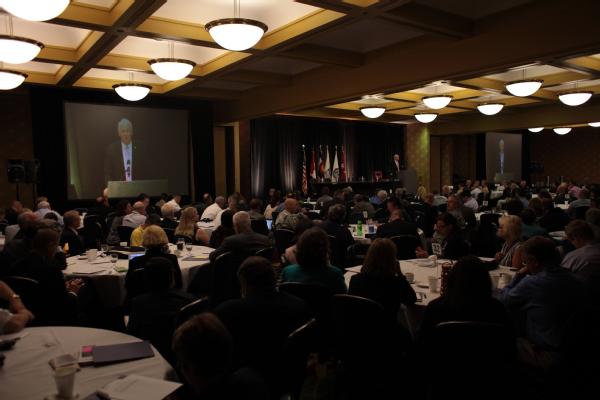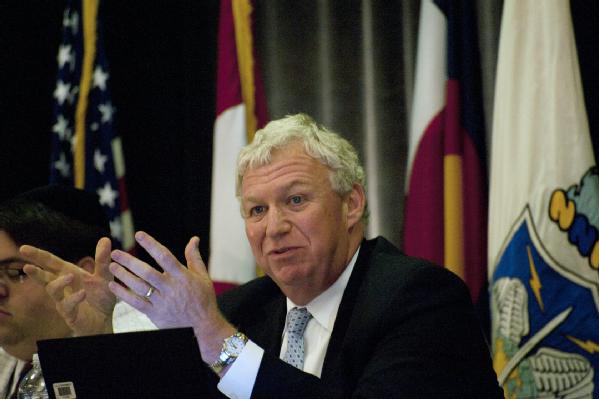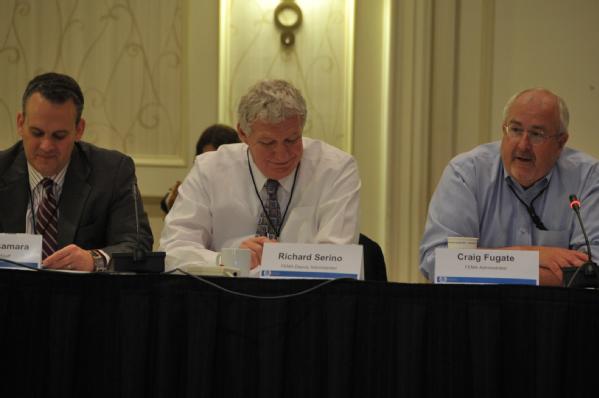Lessons from Colorado on Preparing for Wildfires
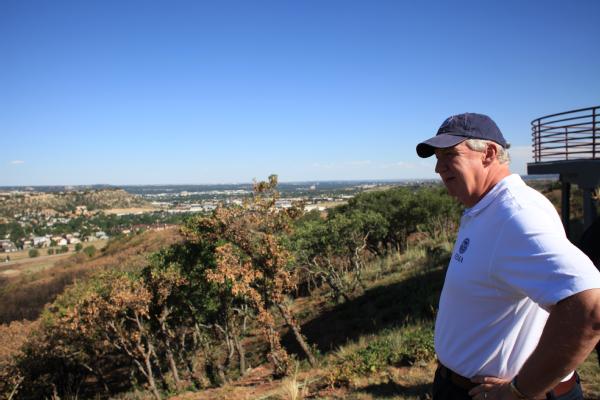
While I was in Colorado Springs for the Building Resilience through Public-Private Partnerships conference last week, I also had the honor of meeting with some of the impressive first responders from the state and local level who fought the Waldo Canyon Fire.
The firefighters faced an intense challenge. Sixty-five mile-per-hour winds fanned the flames and pushed the fire up and down mountainsides surrounding the town. More than 32,000 residents were forced to evacuate and the fire consumed more than 18,000 acres.
FEMA worked as part of a team of federal, state and local agencies, supporting the firefighting effort. We first provided Fire Management Assistance Grants so first responders could save lives and property knowing that we had their backs with financial support. On June 28, President Obama declared a major disaster in Colorado resulting from both the Waldo Canyon and High Park Fires, and committed additional federal support.
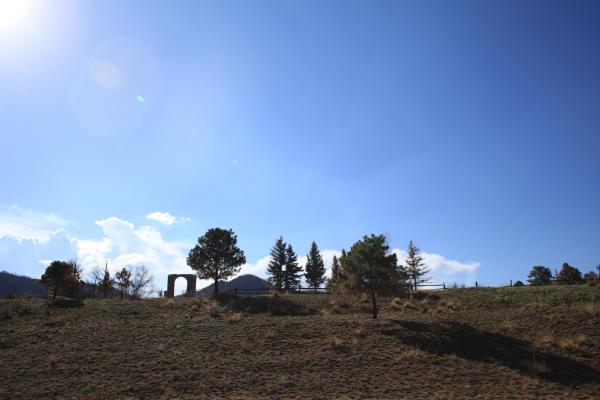
The Waldo Canyon Fire was the most destructive in the state’s history – 346 homes were lost. But it could have been a lot worse. Without a doubt, mitigation saved many of the homes in the area. In Cedar Heights, mitigation efforts, supported by FEMA grants, brought the wildfire to a halt before it could threaten the neighborhood.
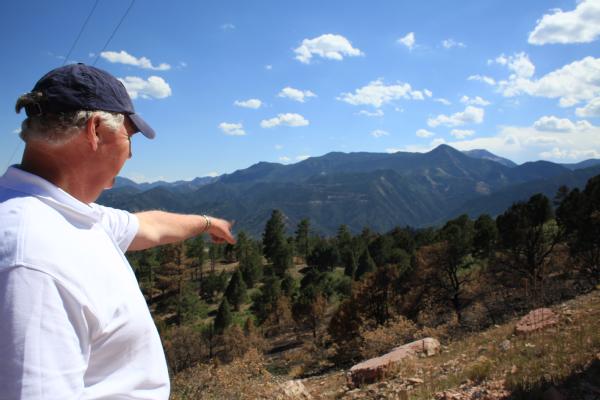
Similarly, individual homeowners took mitigation into their own hands. I visited one home in an extremely vulnerable location – perched on a hill near a burn area. Thanks to simple mitigation techniques, like creating 10 feet of defensible space around a home and removing all items from above and below a deck, this home was spared.

Wildfires spread quickly. If you live in an area threatened by wildfire, make sure that you’ve taken appropriate measures to protect your property. For an overview of how to prepare for wildfires, visit www.ready.gov/wildfires.
Now that these fires have been contained, the next big threat is flash flooding. Due to intense heat of the fires, much of the soil in burn areas is unable to absorb rainwater, increasing the risk of flash flooding, particularly in low lying areas in canyons. Manitou Springs, near Colorado Springs, is a historic and picturesque town sitting along Fountain Creek. The town is all too familiar with the threat of flash flooding, after a flood swept through the town back in 1999.

The good news is that due to recent changes to the National Flood Insurance Program (NFIP), residents impacted by these fires could have an exception to the usual 30-day waiting period for NFIP to take effect. That means the chance to protect your property in the event of a disastrous flash flood.
If you live in an area with an increased risk of flooding as a result of these fires, contact your insurance agent to find out if you’re eligible for flood insurance. To learn more about NFIP or to find an insurance agent familiar with flood insurance, visit www.floodsmart.gov.


